Record Your Pokémon with a Real Life Pokédex
Long before you had to venture out of the house to collect Pokémon with your smartphone and an augmented reality app, it was every kid’s fantasy to own a “Pokédex”. This fictional device was capable of cataloguing and displaying information about the various types of Pokémon, and could be seen used by characters in the Pokémon video game and TV series.
But you couldn’t make a real one … could you? Well, maker Adrian Rosebrock has looked into it, producing an expansive blog page tutorial that explains exactly how he made his own. Employing a Raspberry Pi 3, and the official camera module and touchscreen display, this build also uses a RAVPower 22000mAh portable charger, although you could eschew all of this in favour of your favorite Linux laptop.
Employing a graphic of a Pokédex and a second PNG to mask the feed from the camera, this project doesn’t end with the appearance of a Pokédex. Rather, it employs deep learning, and trains a Convolutional Neural Network to correctly identify Pokémon found in images and video streams online. This has an accuracy rate of 96.84%, which you’ll agree is pretty impressive.
Holding the user interface and the neural network together in this project is a Python script, which covers everything from directing the positional output of the camera, to interrogating the neural network database and displaying the results on screen. As demonstrated in the video, the completed Pokédex is even capable of capturing a 3D printed Pokémon image and producing an accurate result from the database.
Want to build your own Pokédex? Head to the full tutorial to find out how, download the Python code, and grab your copy of the Convolutional Neural Network.




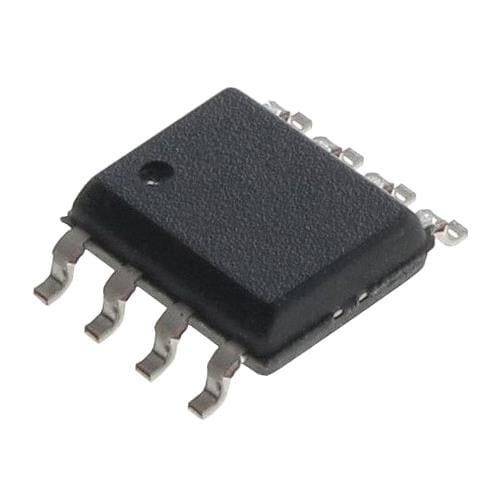
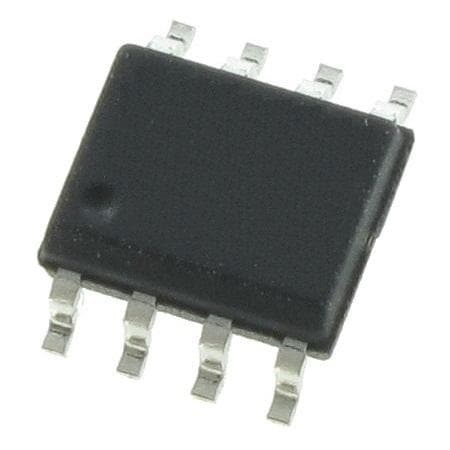

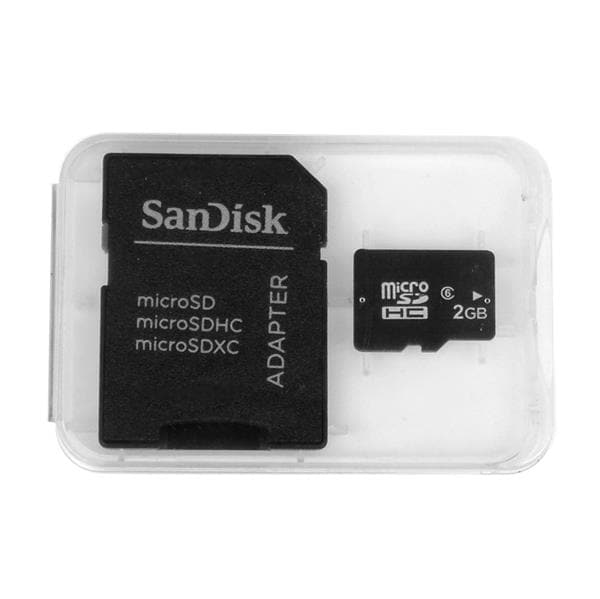
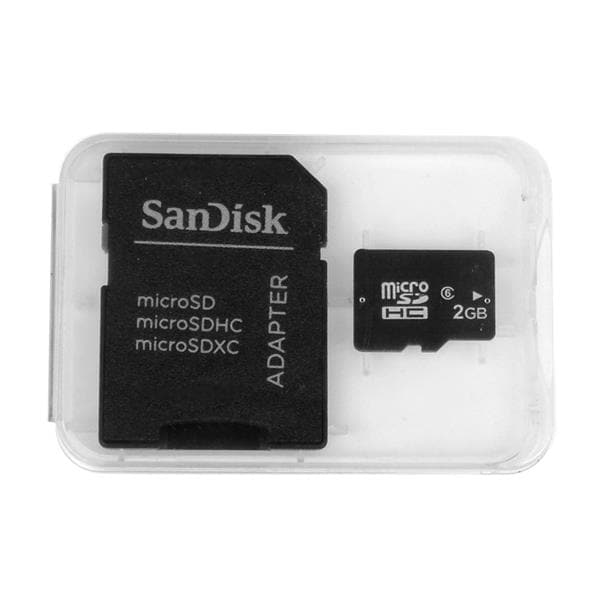

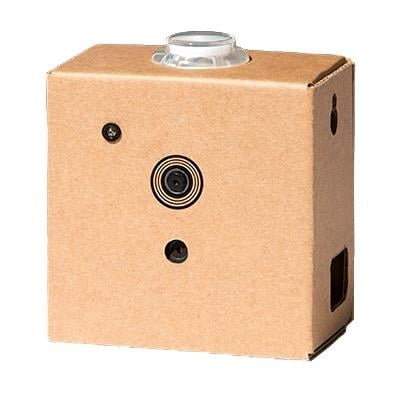
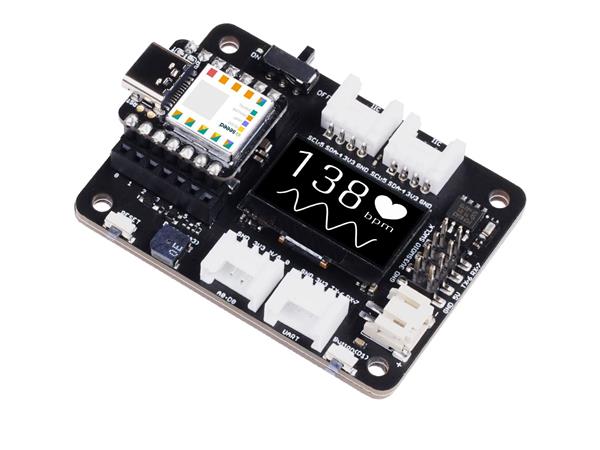


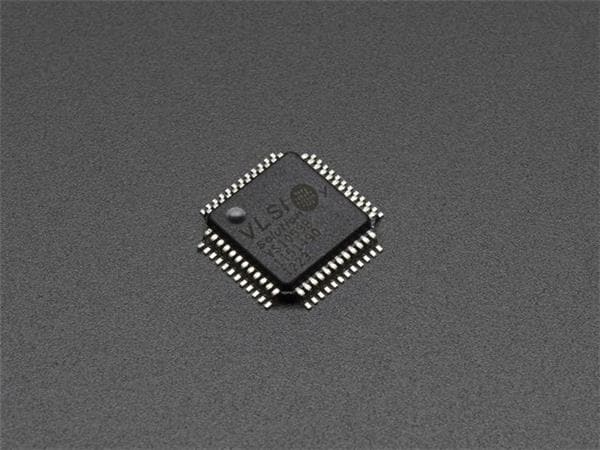
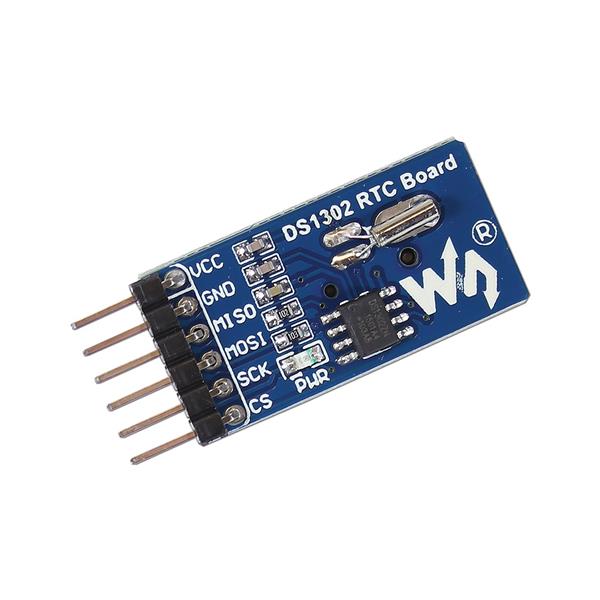
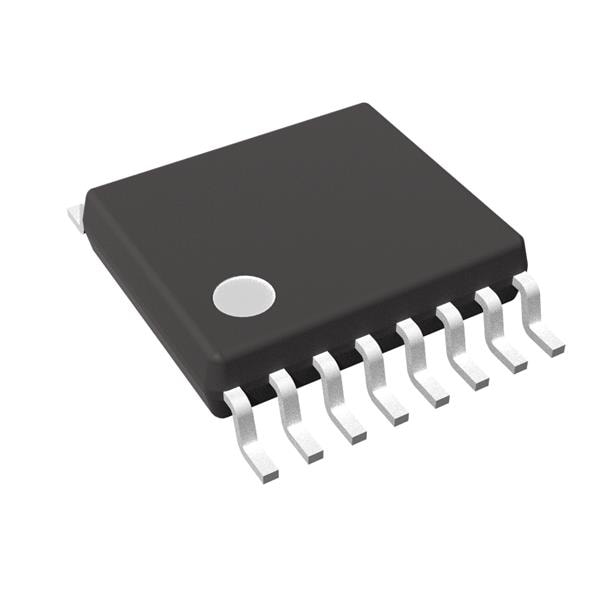
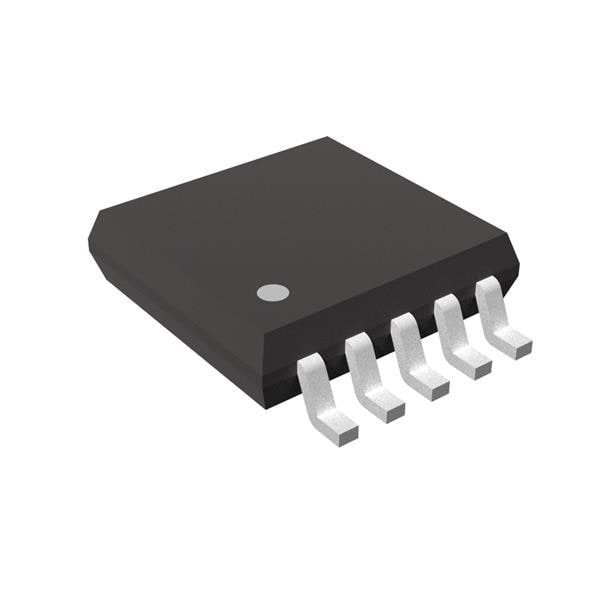
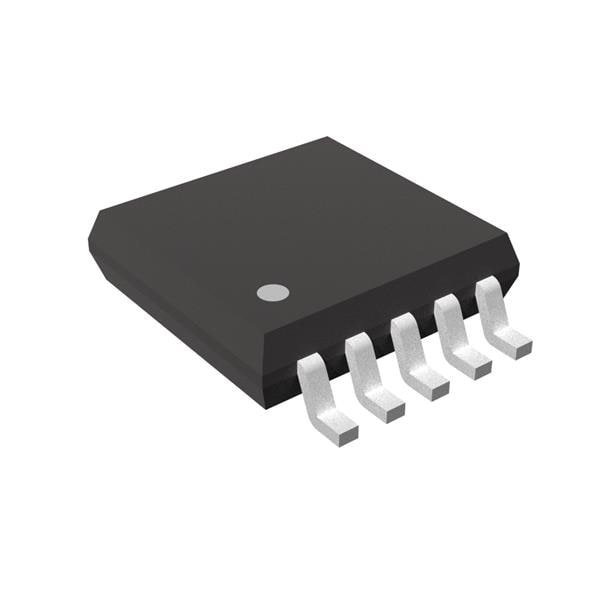
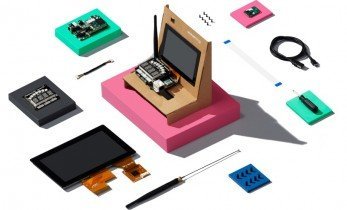

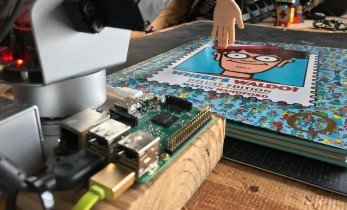
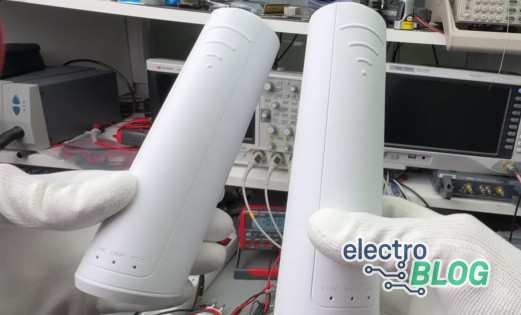

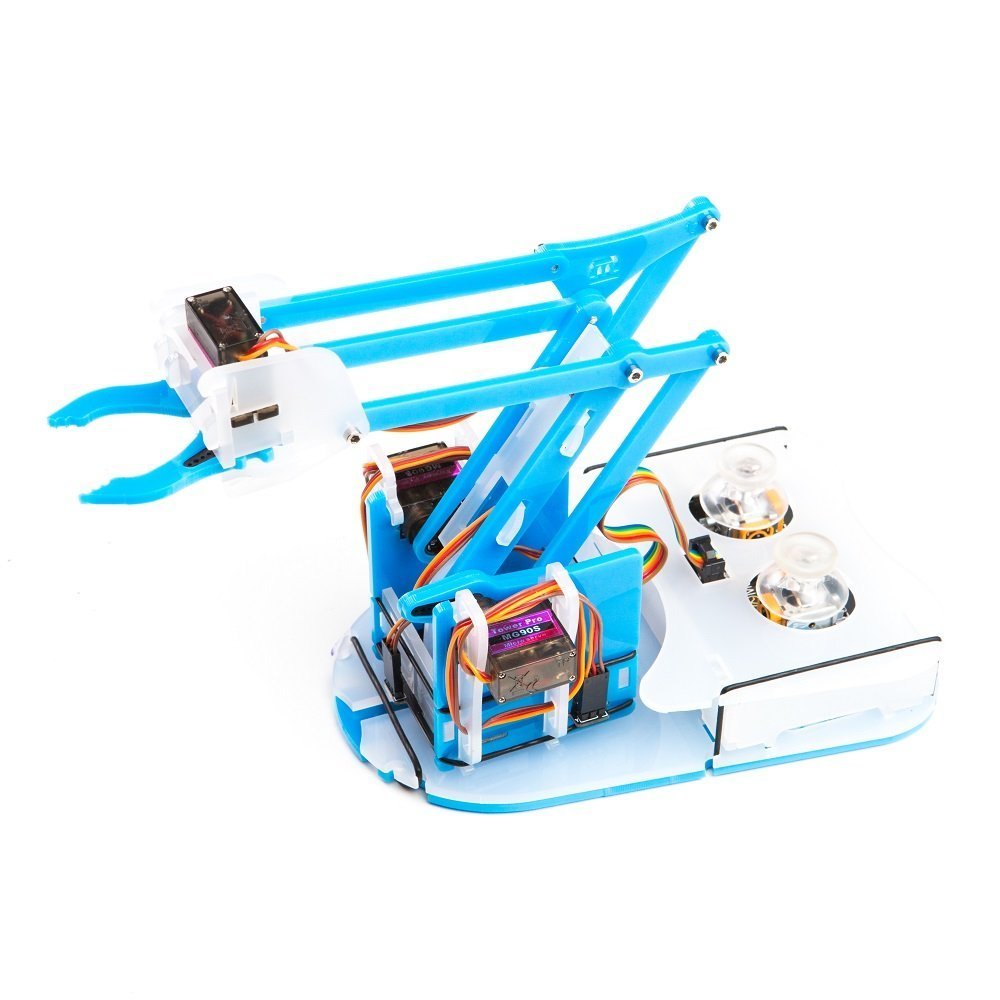

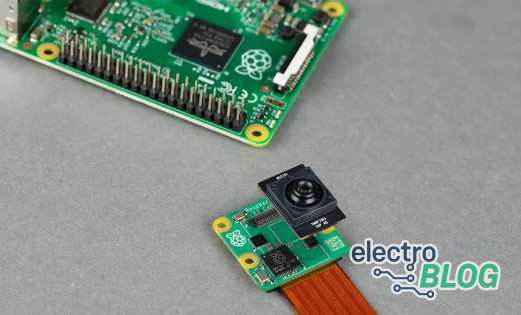
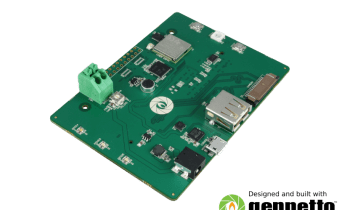
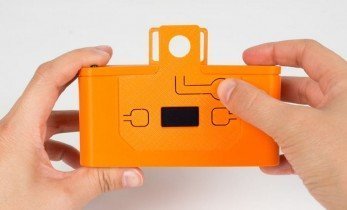


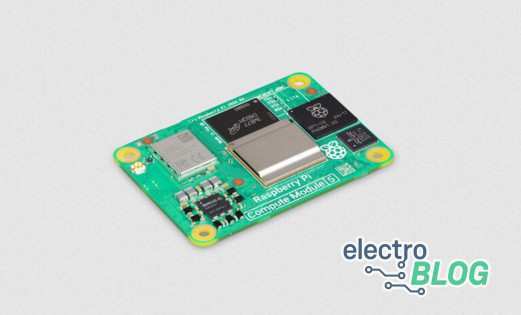
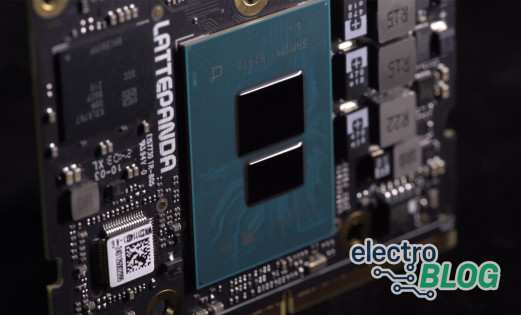
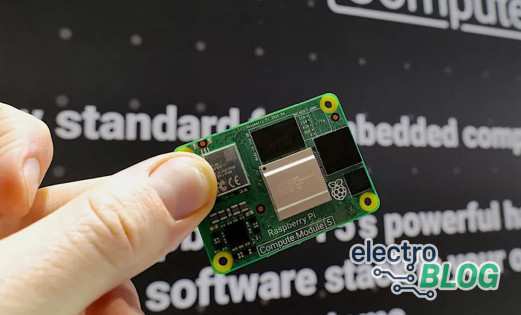

Leave your feedback...